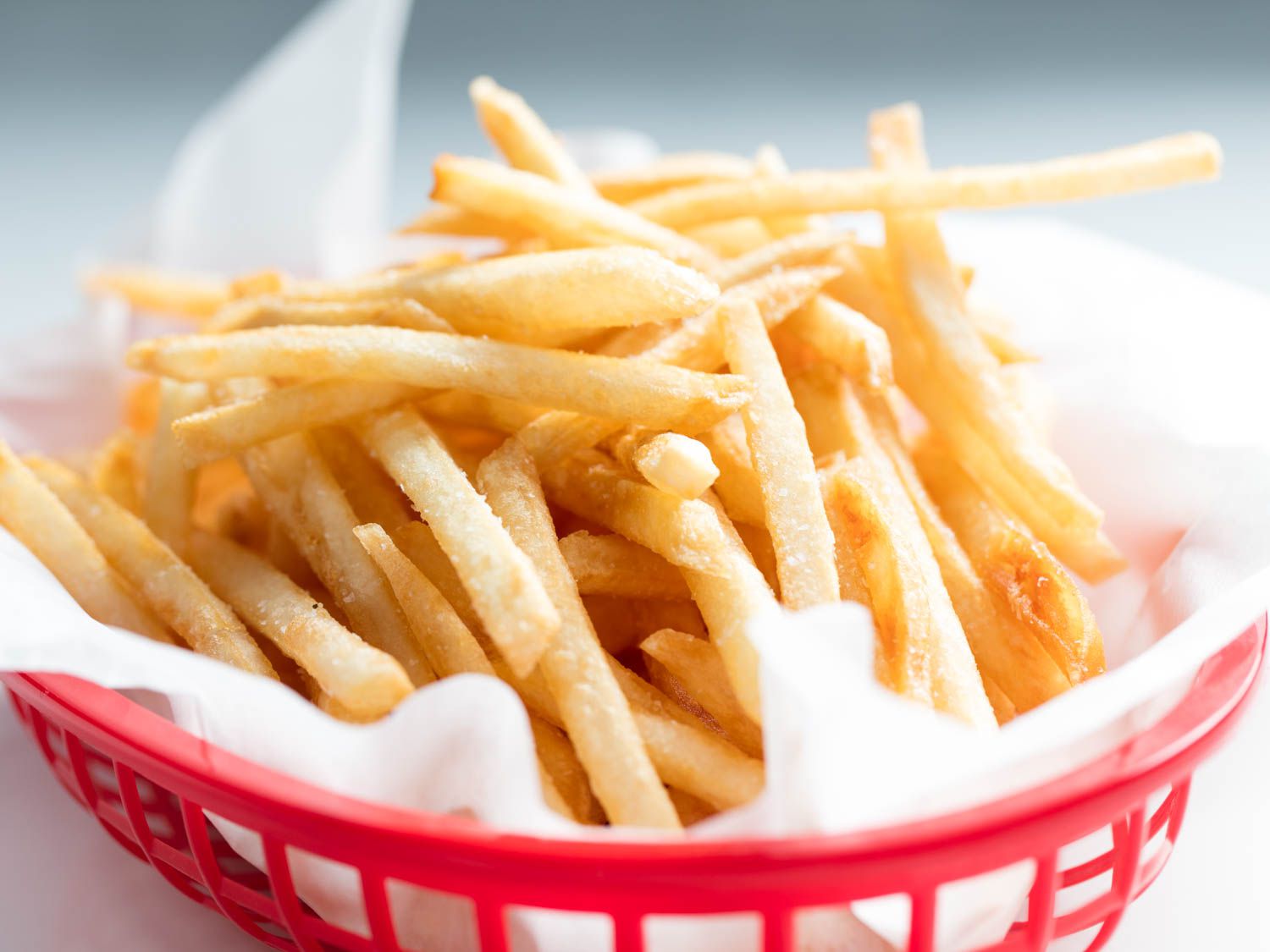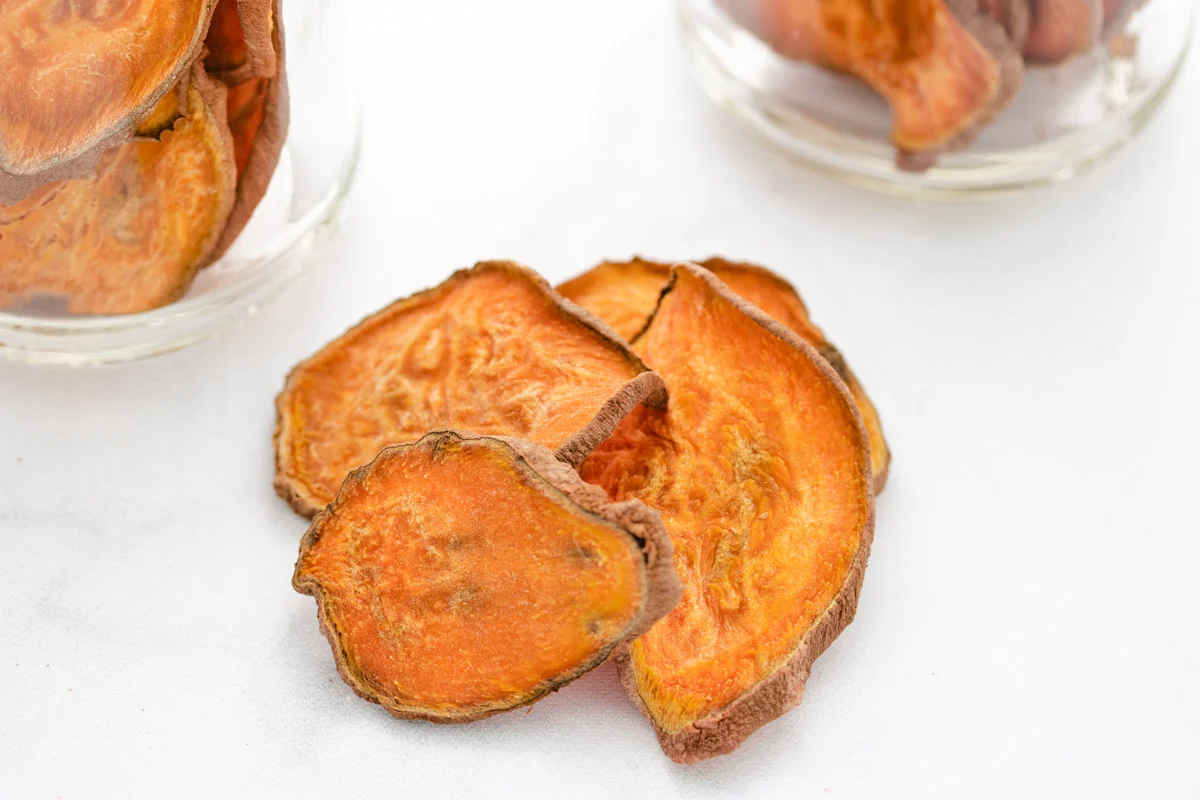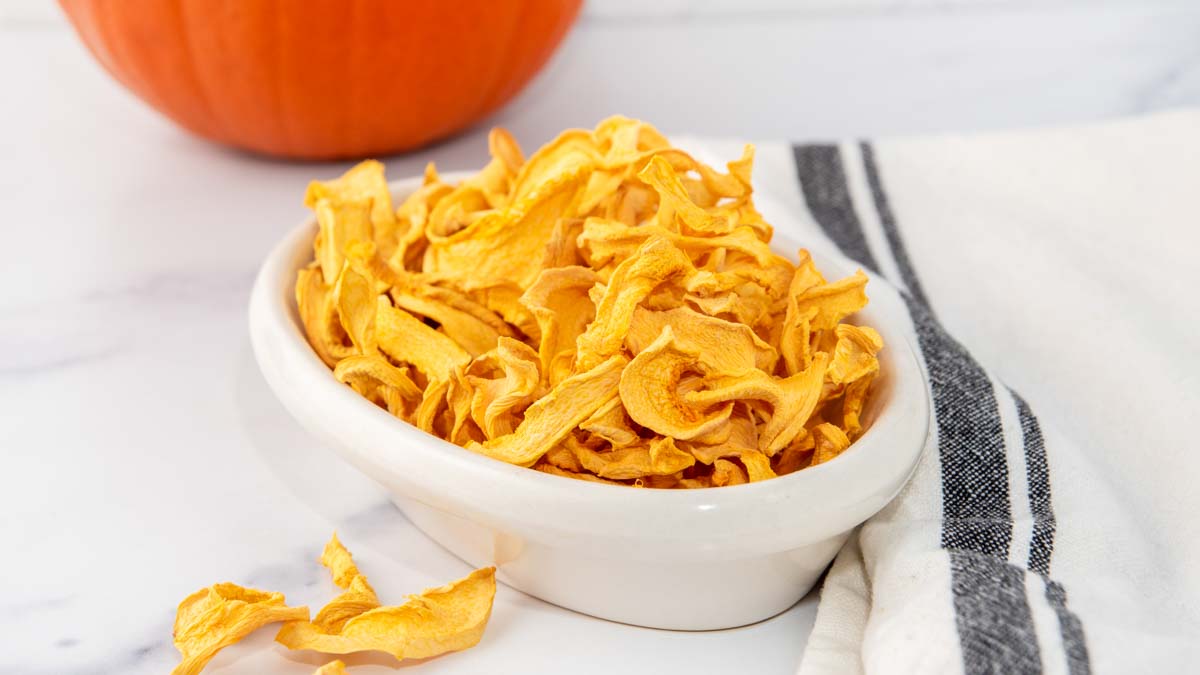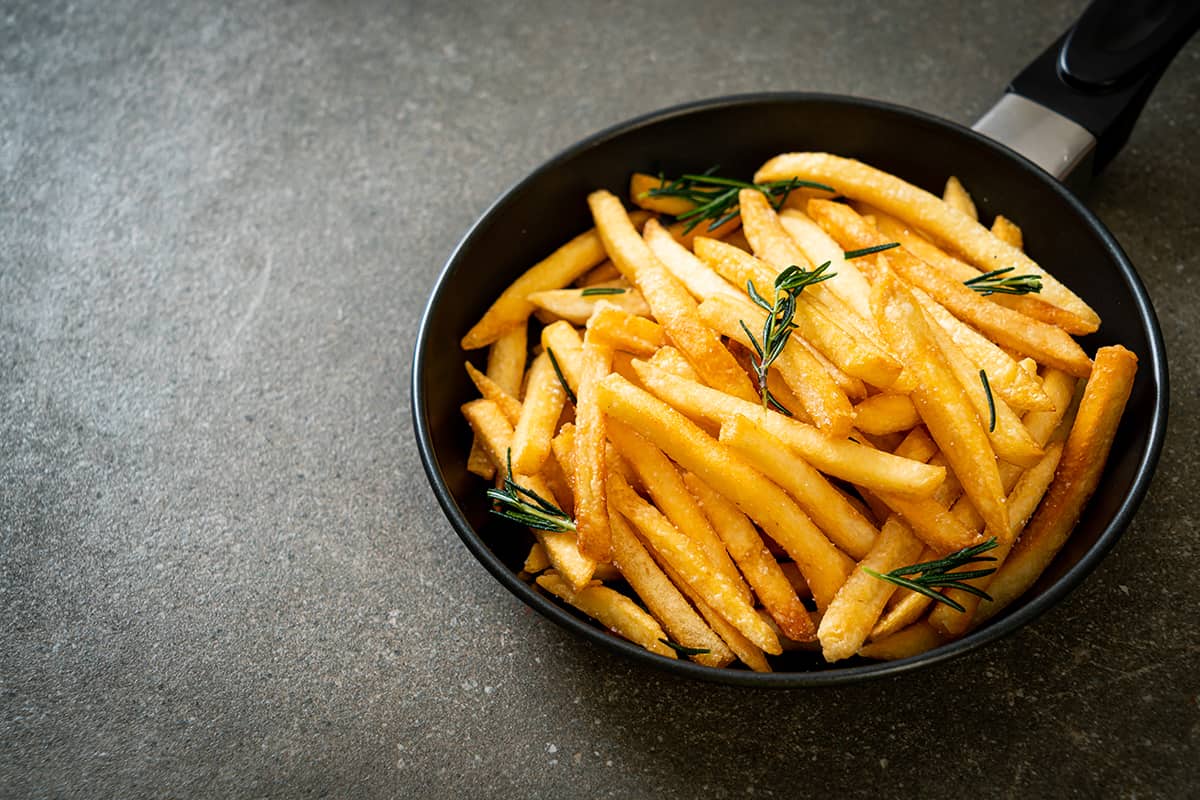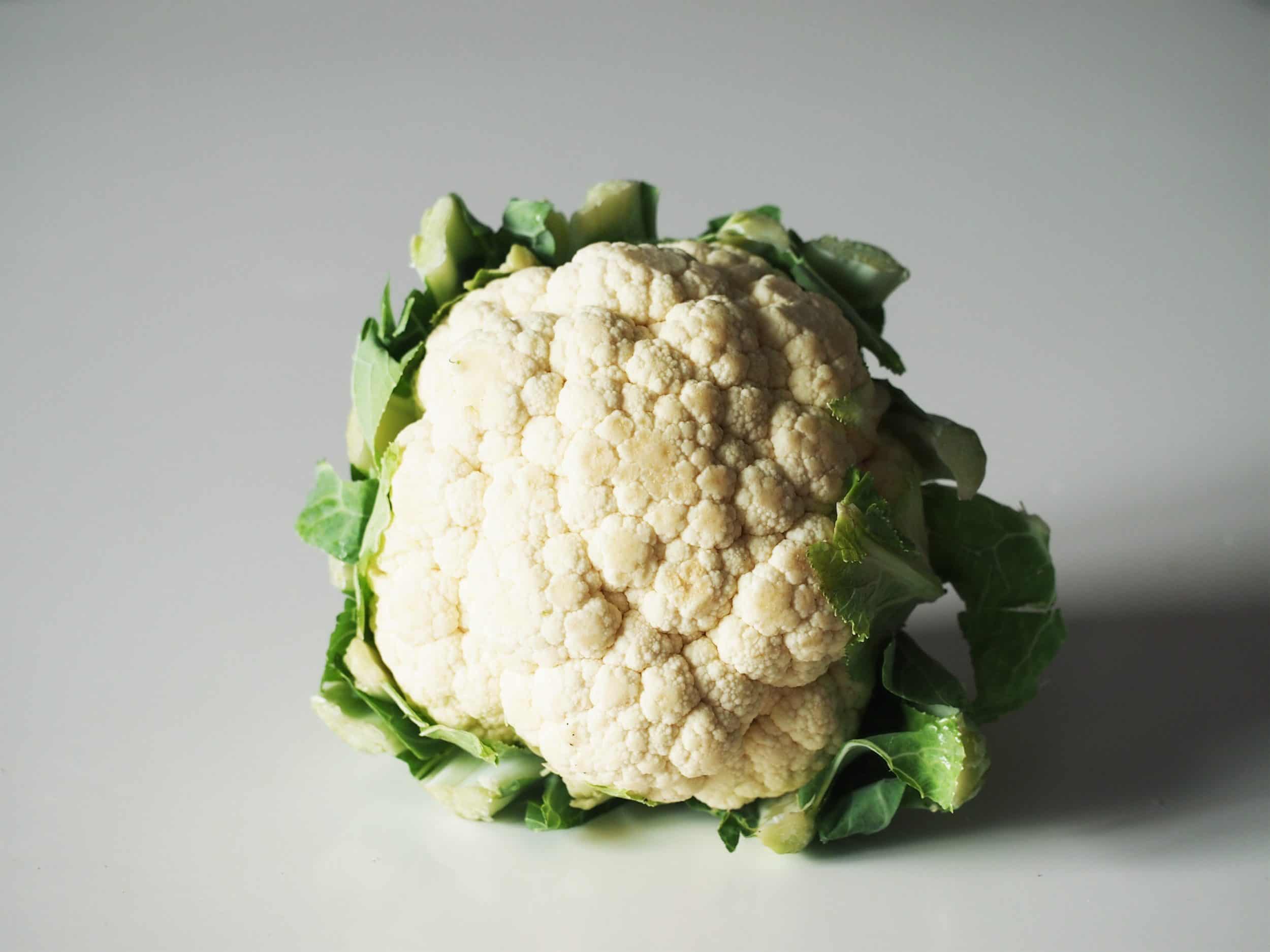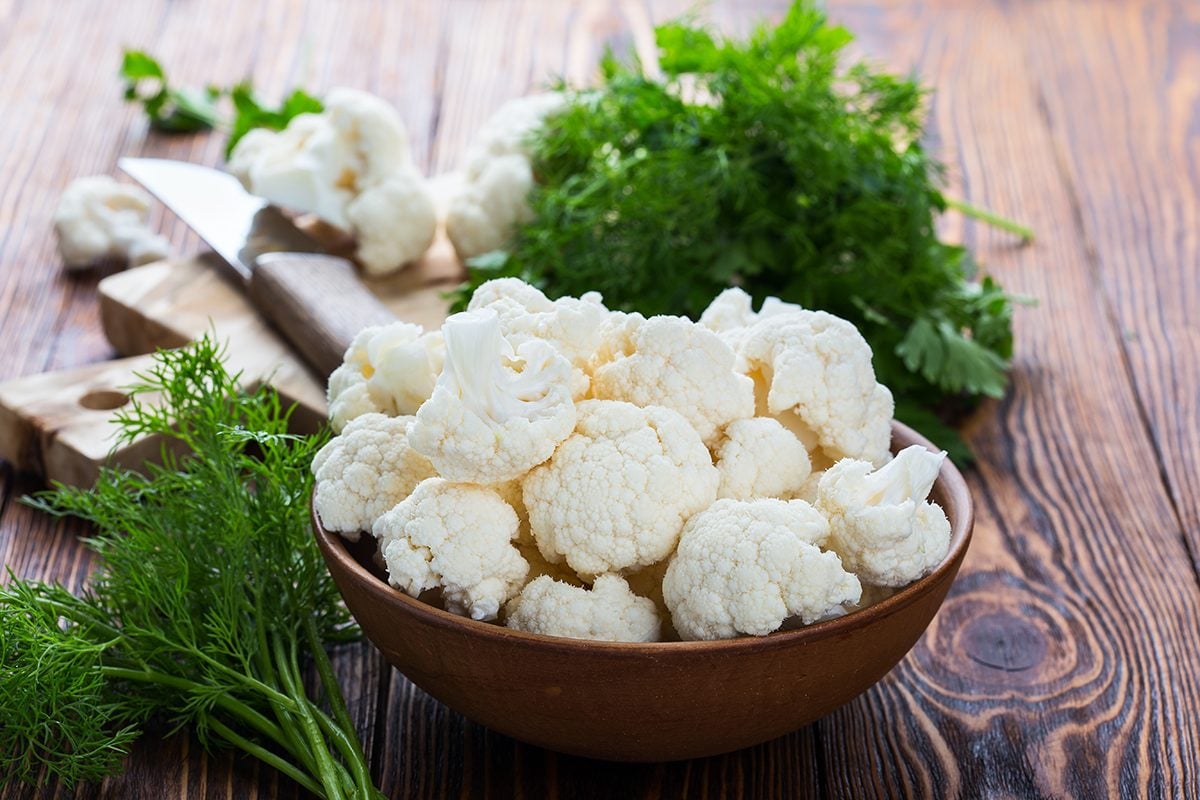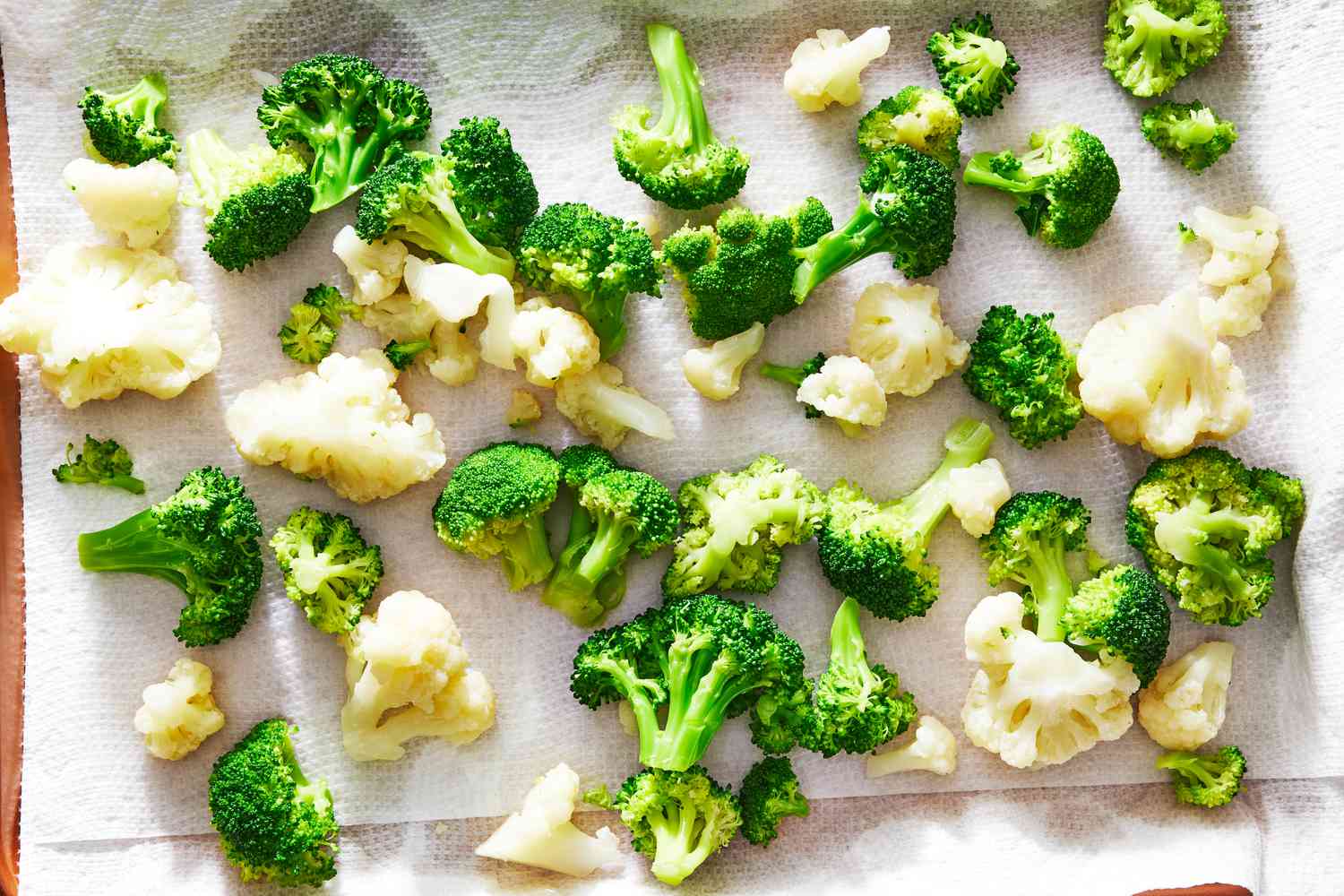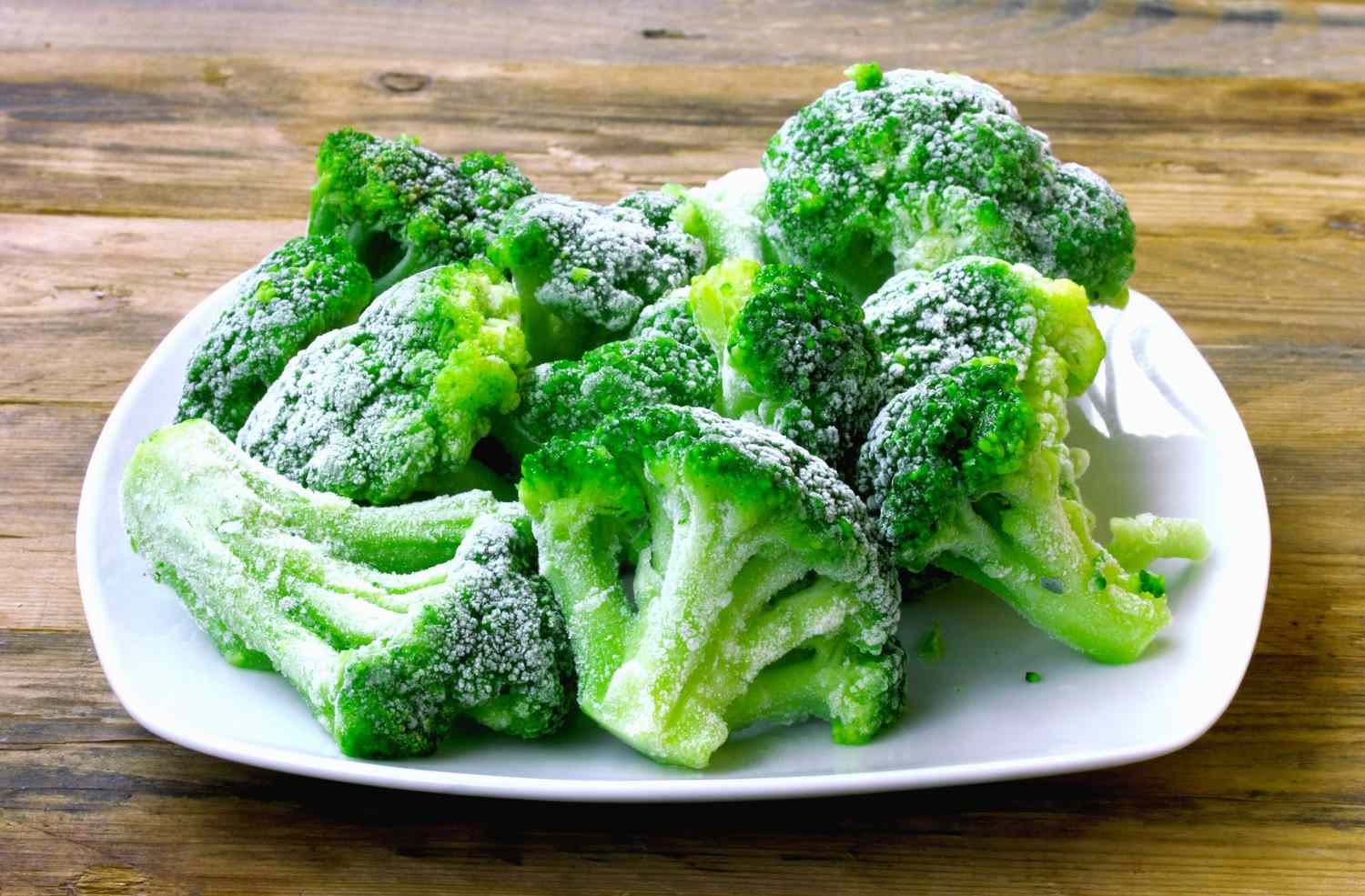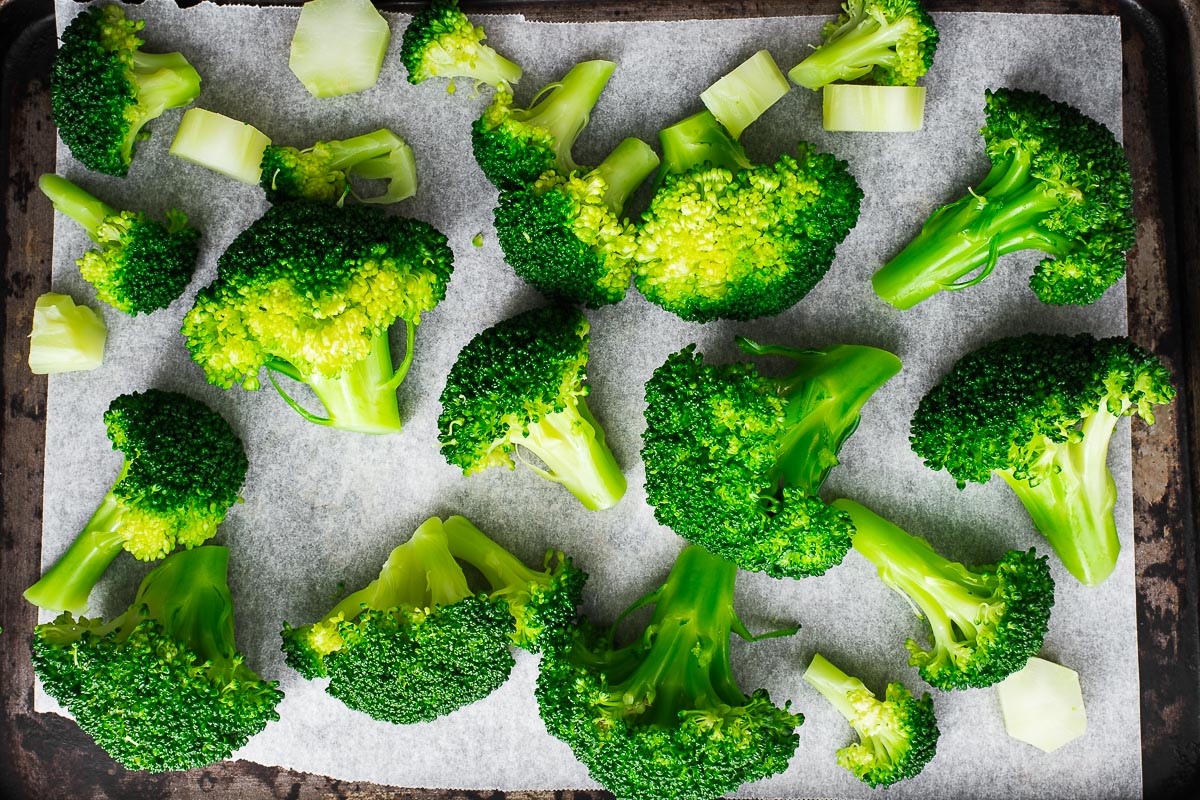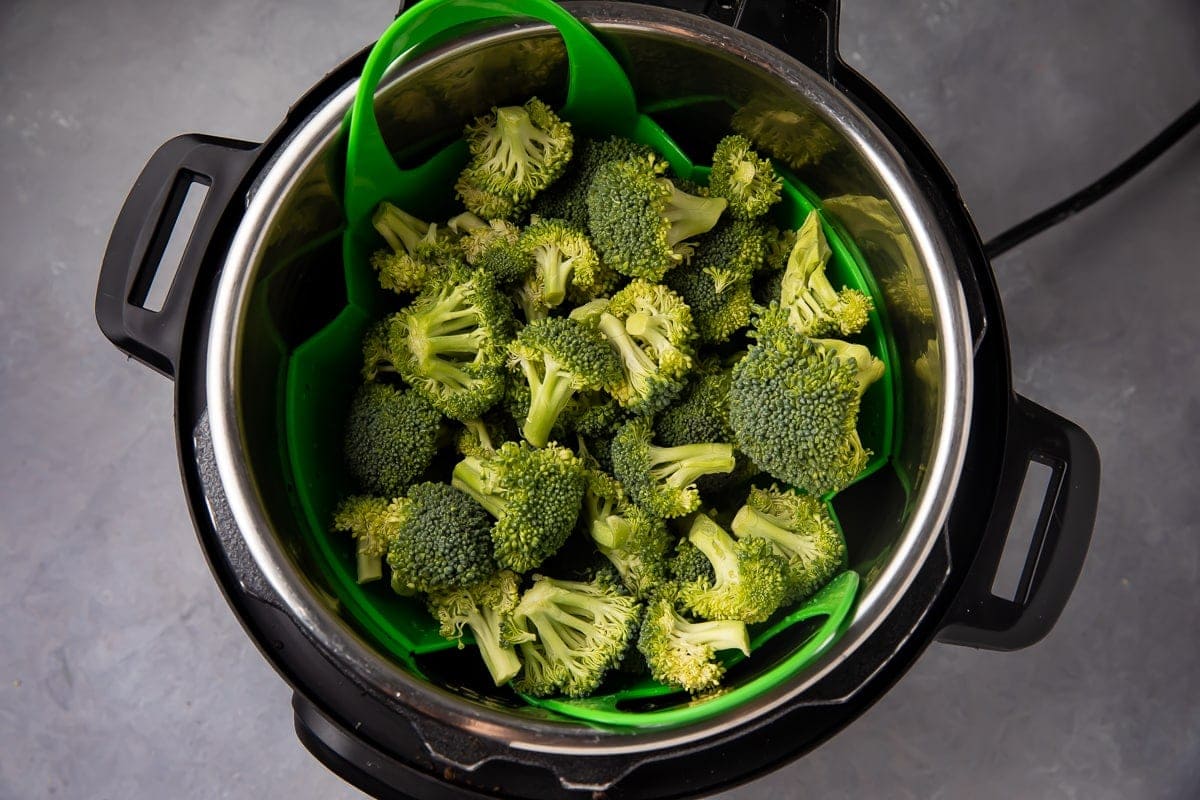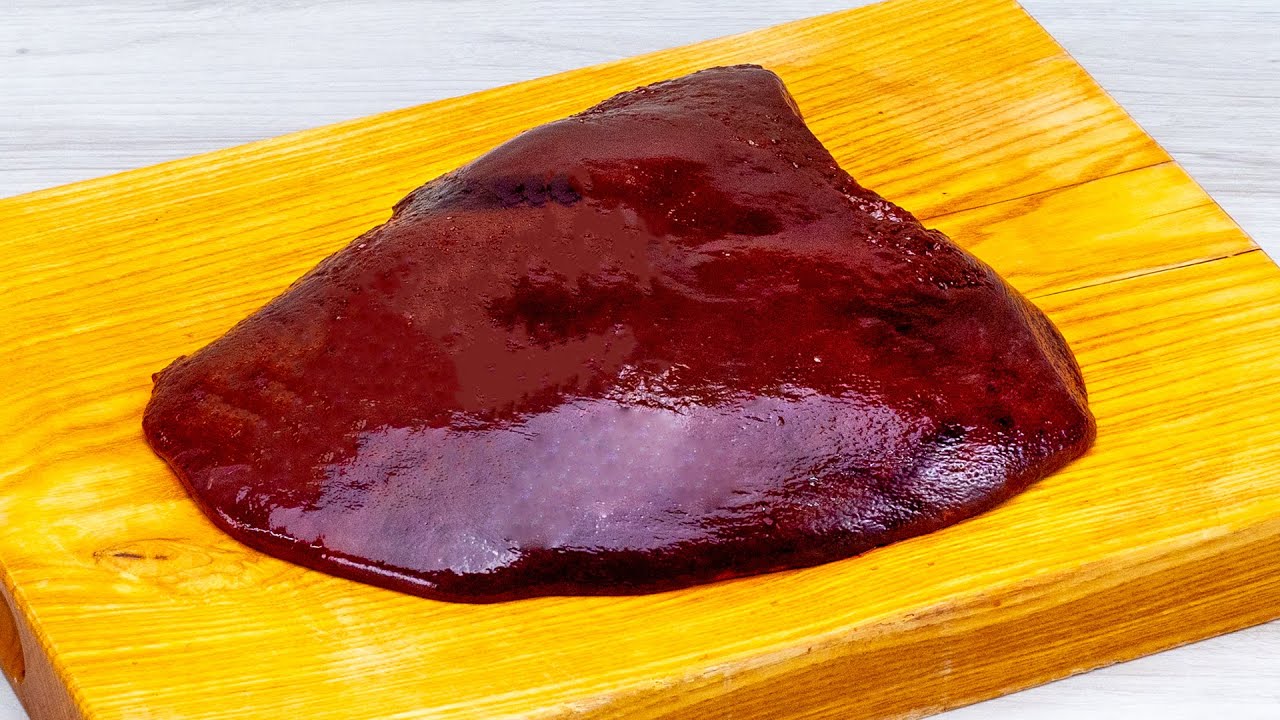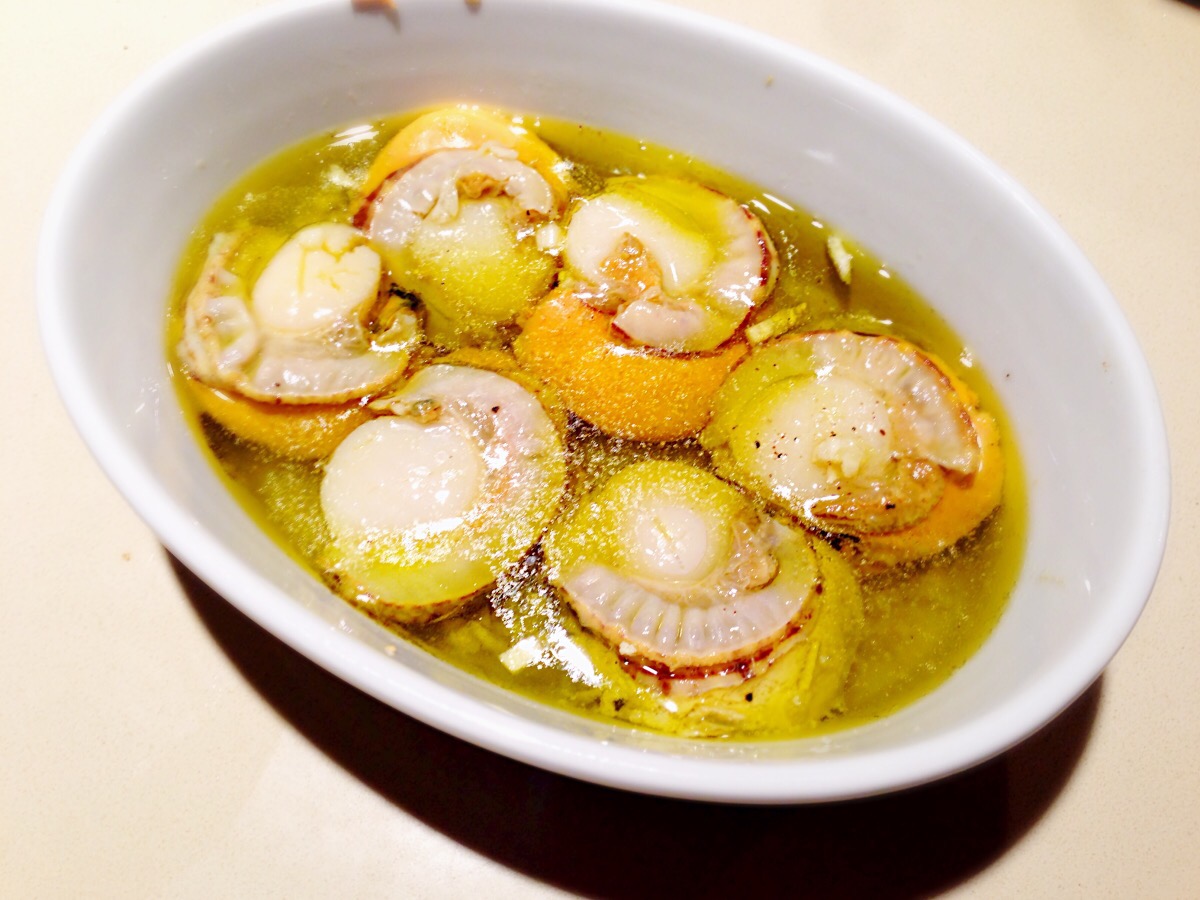Blanching sweet potatoes before dehydrating is a crucial step, ensuring they retain their vibrant color, texture, and nutritional value. This process, involving briefly boiling and then plunging the potatoes into ice water, stops enzyme actions which can cause spoilage. Whether you're a seasoned chef or a kitchen newbie, mastering this technique can elevate your dehydrated sweet potato snacks. Perfect for busy individuals seeking healthy, homemade options, this guide will walk you through the simple yet effective method of blanching sweet potatoes, setting you up for dehydration success. Ready to learn? Let's dive into the world of preserving sweet potatoes!
Essential Ingredients for Blanching Sweet Potatoes
- Sweet potatoes
- Water
- Ice cubes
- Salt (optional)
Necessary Tools for Perfectly Dehydrated Sweet Potatoes
- Large pot for boiling water
- Slotted spoon to easily remove sweet potatoes from boiling water
- Bowl of ice water for cooling sweet potatoes quickly after blanching
- Knife for peeling and cutting sweet potatoes
- Cutting board to chop sweet potatoes on
- Dehydrator trays for drying sweet potatoes
- Kitchen timer to track blanching and dehydrating time
- Vegetable peeler for removing sweet potato skins, if preferred
- Paper towels for drying sweet potatoes before dehydrating
- Airtight containers or bags for storing dehydrated sweet potatoes
Blanching sweet potatoes before dehydrating preserves color, texture, and nutrients. Boil for 3-5 minutes, then plunge into ice water. Dry thoroughly to ensure even and effective dehydration.
The Importance of Blanching Before Dehydrating
Blanching sweet potatoes before dehydrating helps in preserving their vibrant color, texture, and nutritional value. This process also inactivates enzymes that can cause spoilage, ensuring sweet potatoes retain their flavor and are safe for longer storage. Essentially, blanching is a crucial step for extending shelf life and maintaining quality.
Moreover, blanching sweet potatoes speeds up the dehydration process. By partially cooking them, moisture is more easily removed during dehydration, resulting in a quicker, more efficient drying process. This method not only saves time but also energy, making it an effective preparation technique for those looking to preserve sweet potatoes.
Your Step-by-Step Blanching Guide
Step by Step Guide: How To Blanch Sweet Potatoes For Dehydrating
-
Wash Sweet Potatoes: Begin by thoroughly washing your sweet potatoes to remove any dirt or debris. Use a scrub brush under running water for best results.
-
Peel (Optional): Peeling is optional based on personal preference. For a more natural texture, you can leave the skin on.
-
Slice: Cut the sweet potatoes into uniform slices or cubes. This ensures even blanching and dehydrating.
-
Boil Water: Fill a large pot with water and bring it to a rolling boil. The amount of water should be enough to cover the sweet potatoes completely.
-
Prepare Ice Bath: While waiting for the water to boil, prepare an ice bath in a large bowl. Fill it with ice and cold water.
-
Blanch Sweet Potatoes: Once the water is boiling, carefully add the sweet potatoes. Blanch them for 2-3 minutes. For cubes, 2 minutes is often enough, while slices might need the full 3 minutes.
-
Transfer to Ice Bath: Immediately after blanching, use a slotted spoon to transfer the sweet potatoes to the ice bath. This stops the cooking process.
-
Drain: After cooling in the ice bath for a few minutes, drain the sweet potatoes thoroughly. Removing as much water as possible is crucial for effective dehydrating.
-
Pat Dry: Lay out the blanched sweet potatoes on a clean kitchen towel or paper towels. Pat them dry to remove any excess moisture.
-
Arrange for Dehydrating: Place the sweet potatoes in a single layer on the dehydrator trays. Ensure they are not touching or overlapping to promote even airflow and drying.
-
Dehydrate: Follow your dehydrator's instructions for vegetables. Typically, sweet potatoes are dehydrated at 125°F (52°C) for 7-11 hours. The exact time will depend on the thickness of the slices or cubes and the desired dryness.
-
Check Dryness: Sweet potatoes are properly dehydrated when they are leathery and somewhat pliable. They should not feel moist or sticky.
-
Cool: Allow the dehydrated sweet potatoes to cool to room temperature before storing. This helps to avoid condensation which could lead to spoilage.
-
Store: Place the cooled, dehydrated sweet potatoes in an airtight container. Store in a cool, dark place for maximum shelf life.
Mastering the Art of Sweet Potato Preservation
Blanching sweet potatoes before dehydrating is a game changer. This process not only preserves their vibrant color and natural sweetness but also ensures they retain their nutritional value. Whether you're making a healthy snack, preparing ingredients for future meals, or just trying to reduce food waste, mastering this simple technique can make all the difference. Remember, start with fresh, firm sweet potatoes, slice them uniformly, blanch for a few minutes, and then plunge them into ice water. After drying them thoroughly, they're ready for the dehydrator. With these steps, you'll have perfectly preserved sweet potatoes ready at your fingertips. So, give it a try and see how this method can enhance your cooking and snacking options.
All Your Questions Answered About Blanching Sweet Potatoes
Why blanch sweet potatoes before dehydrating?
Blanching sweet potatoes is a crucial step before dehydrating because it stops enzyme actions which can cause loss of flavor, color, and texture. Moreover, this process partially cooks them, ensuring they dry evenly and rehydrate quicker when you're ready to use them.
What's the best way to cut sweet potatoes for dehydrating?
For optimal drying, slice sweet potatoes into uniform pieces, about 1/4 inch thick. This size strikes a perfect balance, allowing for quick drying without the slices becoming too brittle. Remember, consistency in thickness ensures even dehydration.
How long should sweet potatoes be blanched?
Sweet potatoes should be blanched for about 3-5 minutes. Timing can vary slightly based on the thickness of your slices. Keep an eye on them; you're aiming for them to be slightly tender but not fully cooked.
Is there a specific water temperature for blanching?
Yes, water temperature plays a significant role in blanching. Bring your water to a rolling boil, which is typically around 212°F (100°C). This high temperature is crucial for halting the enzymes effectively.
Can I add flavors to sweet potatoes before dehydrating?
Absolutely! Before dehydrating, feel free to season your blanched sweet potatoes. A light sprinkle of cinnamon or nutmeg can add a delightful twist. Just be mindful not to overdo it; flavors intensify during dehydration.
How do I know when the sweet potatoes are fully dehydrated?
Sweet potatoes are fully dehydrated when they are leathery and somewhat pliable but not sticky or moist. Depending on the thickness and your dehydrator, this could take anywhere from 6 to 12 hours. Check periodically for consistency.
Can I rehydrate dehydrated sweet potatoes?
Yes, rehydrating them is simple. Soak the dehydrated sweet potatoes in warm water for about 15-30 minutes or until they've returned to their original texture. They're then ready to be used in soups, stews, or any recipe calling for sweet potatoes.
